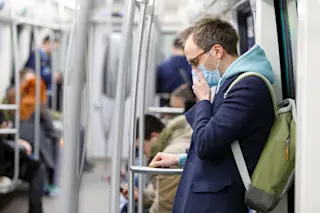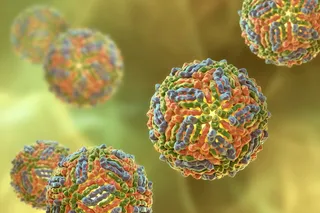As the COVID-19 pandemic enters its seventh consecutive month, experts agree that masking is as important as ever to contain the spread of the virus. World Health Organization officials confirmed in July that SARS-CoV-2, the virus that causes COVID-19, can be spread through respiratory droplets (via a cough or sneeze) or from airborne transmission, when viral particulates spread long distances through the air. In both instances, face masks prevent the virus from entering into the nose and lungs, and can prevent transmission altogether or prevent severe infections if a person does get sick.
But despite being potentially life-saving, masks have been hard for some to accept. One national survey of nearly 60,000 respondents cites “discomfort” as the leading reason why some choose not to wear a mask in public. Many users report breathlessness, sweating, nausea and increased heart rate from masking — even though doctors have said repeatedly that masks ...














